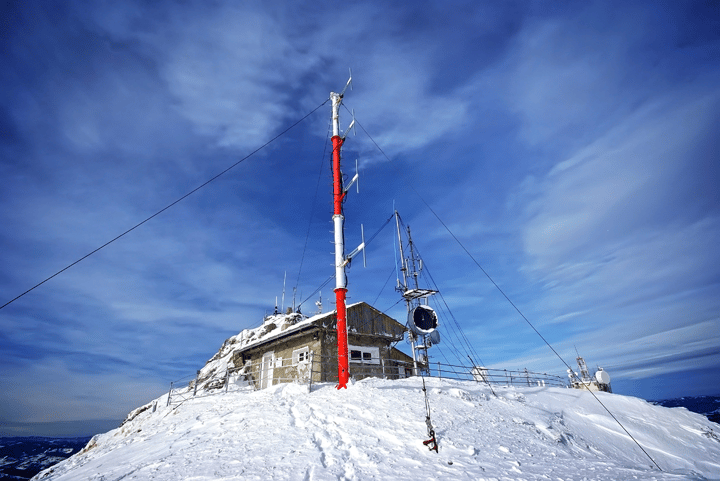 Simply put, barometric pressure is the measurement of air pressure in the atmosphere, specifically the measurement of the weight exerted by air molecules at a given point on Earth. Barometric pressure changes constantly and is always different depending on where the reading takes place.
Simply put, barometric pressure is the measurement of air pressure in the atmosphere, specifically the measurement of the weight exerted by air molecules at a given point on Earth. Barometric pressure changes constantly and is always different depending on where the reading takes place.
Average barometric pressure at sea-level is commonly cited as 14.7 pounds per square inch (PSI). However, this figure is just an average. In reality, barometric pressure varies across the world, especially at higher elevations where atmospheric pressure is much lower than at sea level. In fact, there are 50% fewer air molecules at 18,000 ft. than there are at sea level. One of the ways that aircraft can determine what altitude they are flying at is by measuring outside air pressure. Altimeters can read air pressure relative to a calibrated ground reading and convert that information to a readout in feet or meters.
Barometric pressure also changes with the weather—or rather, the weather changes with changes in barometric pressure. Being able to measure and analyze small changes in atmospheric pressure helps meteorologists track the weather and predict storms. In fact, the National Weather Service (NWS) operates a large array of data buoys across the Pacific and Atlantic oceans to serve that function. Being able to precisely read and transmit data on pressure changes from these stations is crucial in tracking large storm systems like hurricanes and typhoons.
SETRA BLOG: What is a data buoy?
Although the standard pressure at sea level is measured in PSI, barometric pressure is typically measured in either inches of mercury (inHg or “Hg) or millibars. The National Weather Service uses Hg to measure surface air pressure, although most scientists generally prefer to use hector pascals (hPa) as a standard unit. Traditionally, barometers were constructed out of glass columns filled with liquid mercury; changes in atmospheric pressure would be reflected when the level of mercury either rose or fell relative to a nearby reference.
Many household barometers are made out of liquid-filled glass tubes or are constructed as a typical dial gauge. However, barometers for industrial use or for use in weather stations are capacitive based pressure transducers. These sensors are extremely sensitive and accurate—up to 0.02% of full scale. A major benefit with capacitive sensors is their ability to convert a pressure reading into an analog electrical signal, a perfect solution for outposts that need to transmit barometric pressure information back to a central location.
CLICK HERE to learn more about the tools used to measure barometric pressure.



